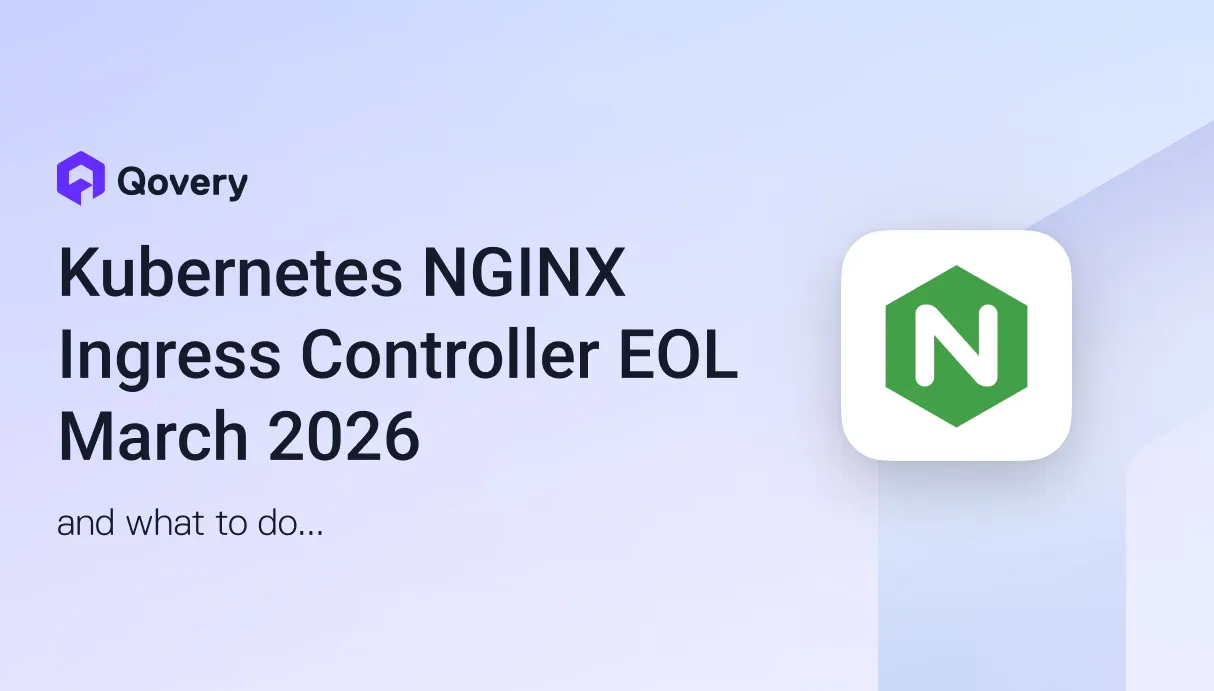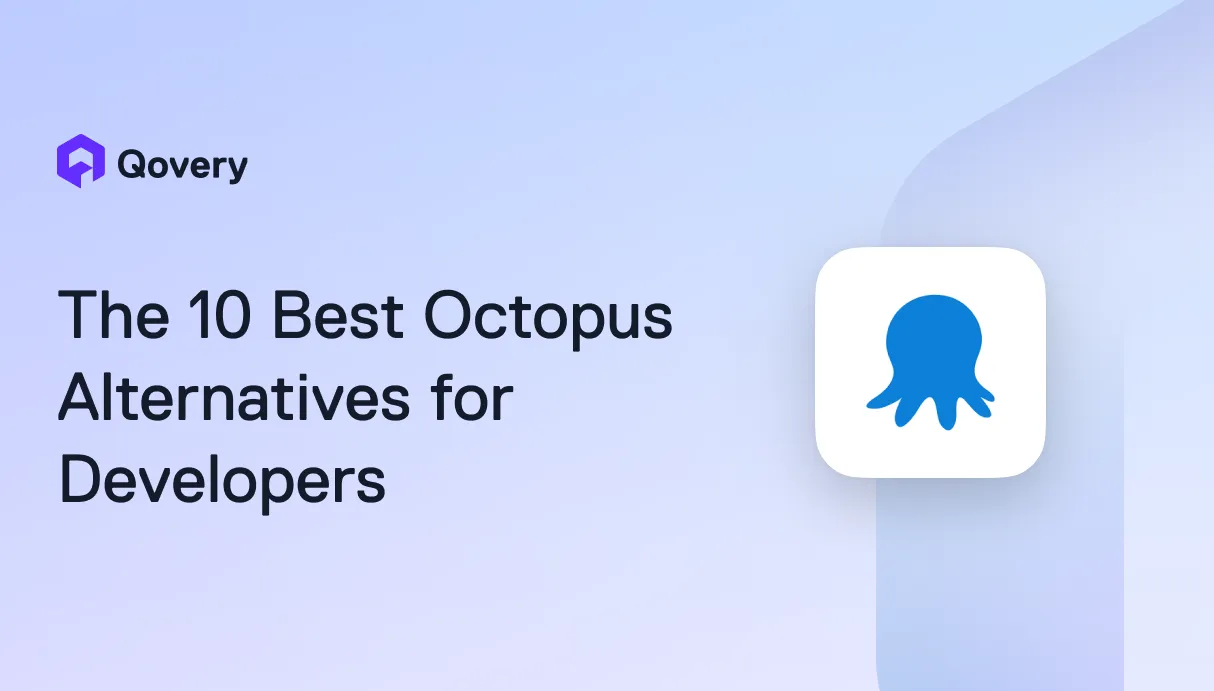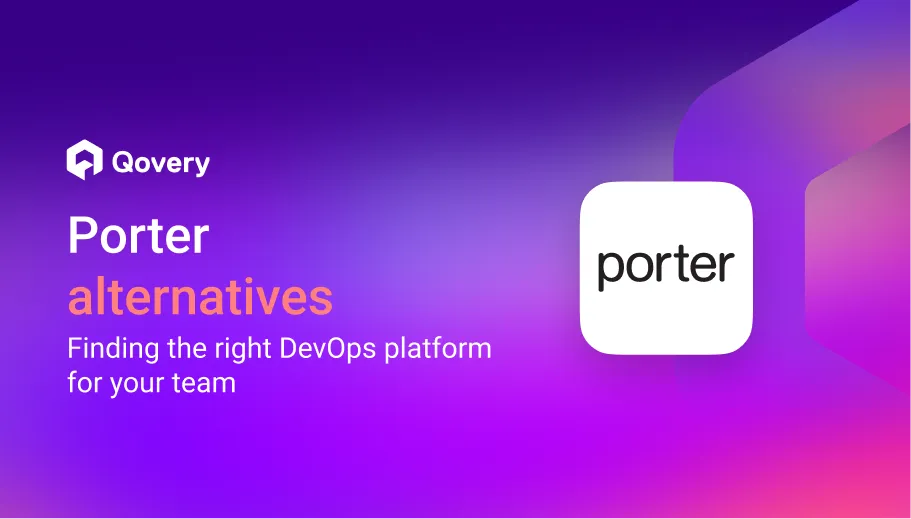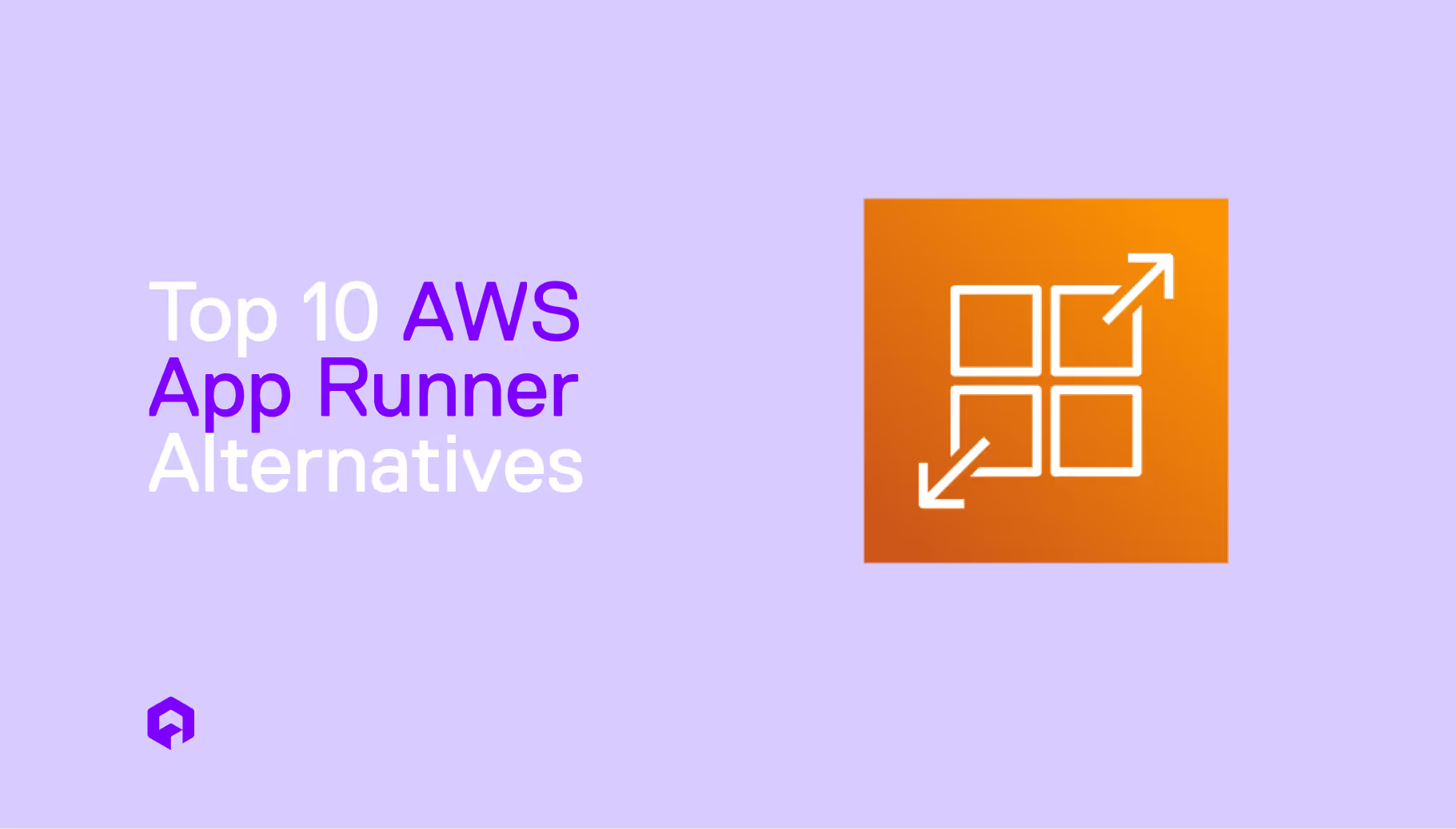


Why the Internal Developer Platform is the Next Big Thing After CI/CD



Enhancing Developer Productivity
One of the most significant benefits of an IDP is the boost in developer productivity. CI/CD pipelines automate the integration and deployment phases, but developers often still spend considerable time setting up and managing their development environments. IDPs solve this by providing on-demand, consistent environments tailored to the specific needs of each project. This reduces setup times and allows developers to focus on writing and improving code, rather than dealing with infrastructure issues.
Driving Operational Efficiency
IDPs bring together various tools and workflows into a single, cohesive interface. This unification minimizes the complexity associated with managing multiple disparate systems. By automating repetitive and mundane tasks, IDPs enable faster and more reliable software delivery. Operations teams benefit from a streamlined process that reduces the potential for human error and increases overall efficiency.
Ensuring Consistency and Standardization
Consistency across environments is critical for reliable software delivery. IDPs enforce standard configurations and best practices across all development, testing, and production environments. This standardization reduces variability, ensuring that applications behave consistently no matter where they are deployed. It also simplifies troubleshooting, as developers and operations teams can rely on a uniform setup.
Scaling with Growth
As organizations scale, the complexity of managing infrastructure grows exponentially. IDPs are designed to handle this complexity, providing scalable solutions that maintain high performance and reliability without increasing operational overhead proportionally. This scalability is essential for growing businesses that need to maintain agile and responsive development processes.
Facilitating Enhanced Collaboration
Effective collaboration between development, operations, and security teams is crucial for modern software development. IDPs provide a common platform that fosters better communication and collaboration. By aligning these teams on a single platform, IDPs help identify and resolve issues more quickly, leading to more robust and reliable software.
Integrating Security and Compliance
Security and compliance are integral to software development, yet they can often slow down the process if not handled efficiently. IDPs embed security and compliance checks directly into the development workflow. This integration ensures that applications meet regulatory standards without impeding the pace of development. Developers can receive instant feedback on security issues, allowing them to address problems early in the development cycle.
Accelerating Innovation
By automating routine tasks and providing instant feedback, IDPs free up developers to focus on innovation. With less time spent on managing infrastructure and more time dedicated to experimenting and iterating, development teams can drive faster iteration cycles and improve the overall quality of their software. This acceleration in innovation is crucial for staying competitive in a fast-paced industry.
Conclusion
The Internal Developer Platform is more than just the next step after CI/CD; it is a holistic approach to managing the entire software development lifecycle. By enhancing productivity, operational efficiency, consistency, scalability, collaboration, security, and innovation, IDPs address the broader needs of modern software development. As organizations strive to deliver high-quality software at an accelerated pace, IDPs provide the tools and frameworks necessary to achieve these goals, making them the next big thing in the evolution of software development.

Suggested articles
.webp)



.svg)
.svg)
.svg)
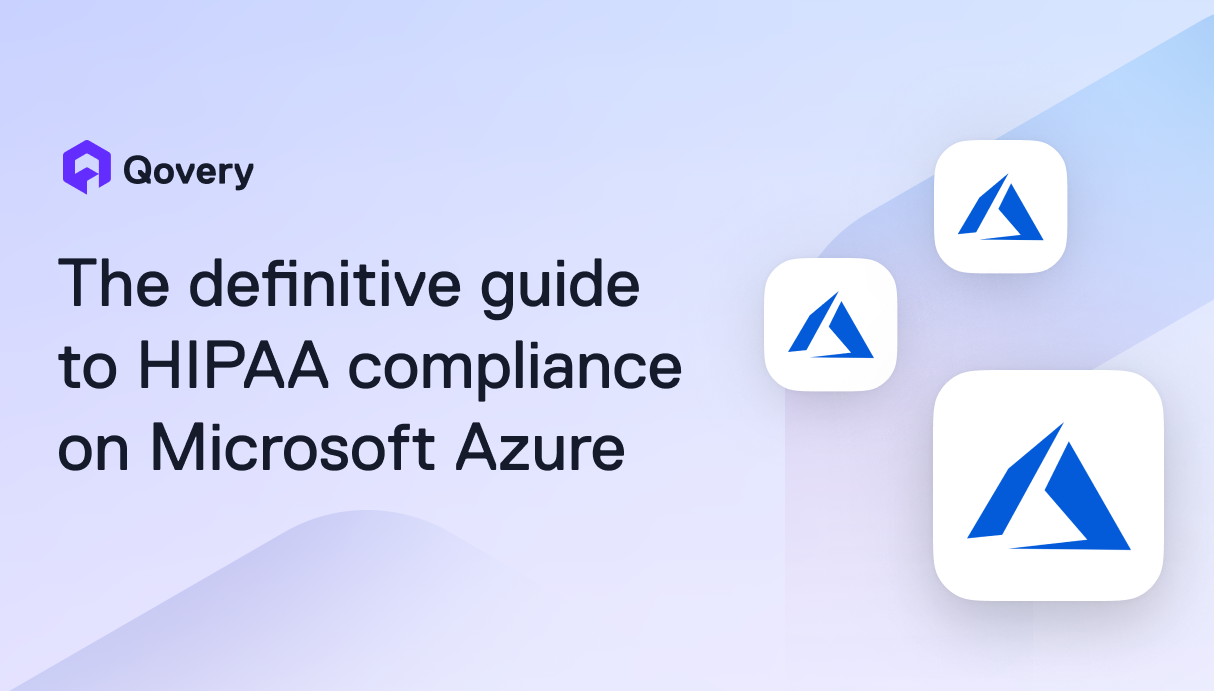


.png)
